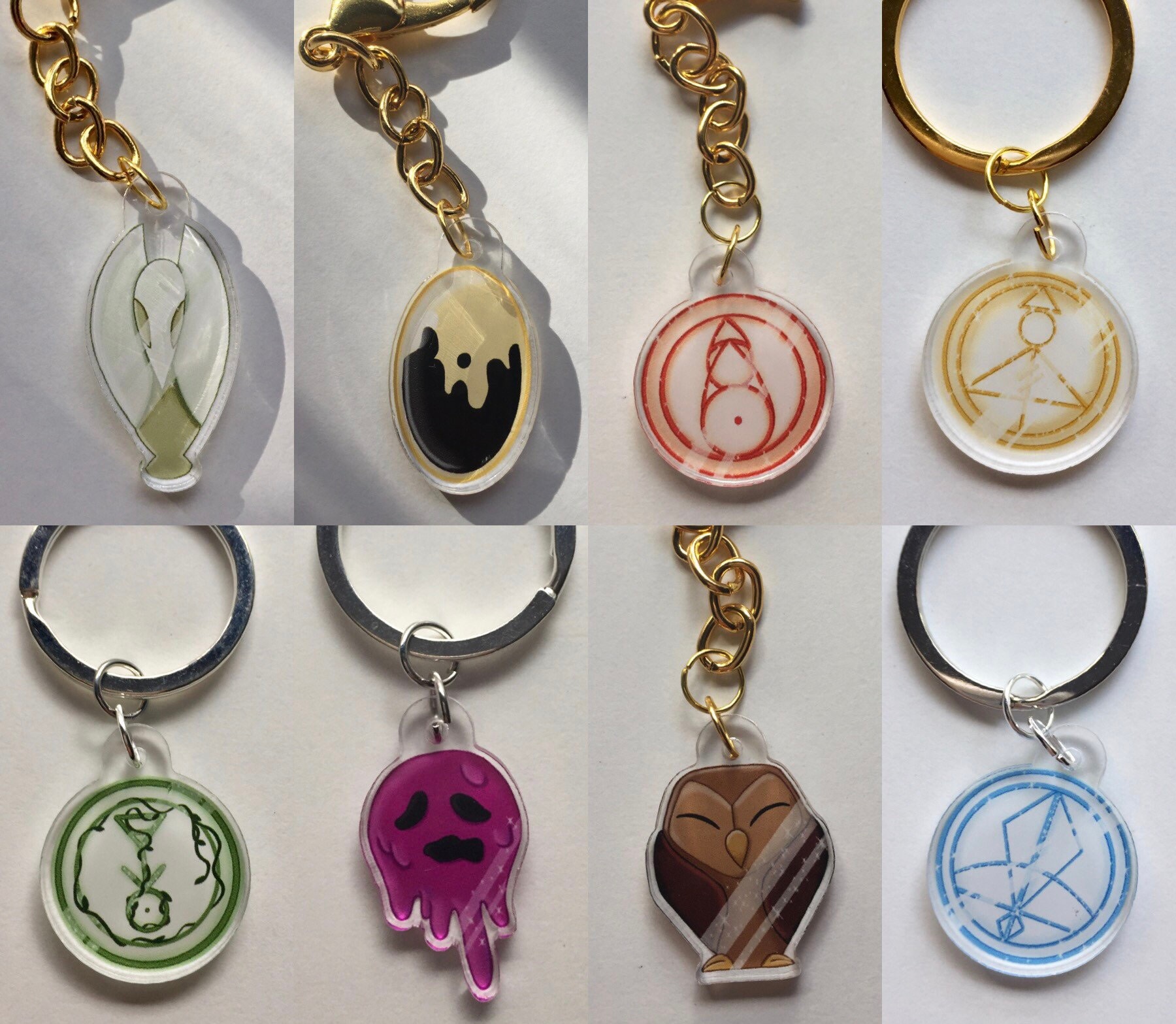Table Of Content

The public sale of the artwork may have made the grandchildren of Adalbert and Hilda Parlagi aware that their family’s long-lost treasure had survived the intervening 83 years. Online booking is not mandatory but is recommended on weekends and bank holidays.The purchase of e-tickets is for individual visitors only. They are non-refundable and non-exchangeable.Due to work on the railway lines, we invite you to check the train traffic and schedules from Paris before buying your tickets for the visit. Meules à Giverny is one of several works being sold from the same private collection at the May 15 Sotheby’s sale. The others are Monet’s Bennecourt (1887), Pablo Picasso‘s Courses de taureaux (1901), Camille Pissarro‘s Paysage aux Pâtis, Pontoise, la moisson (1873), and Childe Hassam‘s View of Broadway and Fifth Avenue (1890).
Stay In The Know
To achieve this, he diverted water from a local river and then arranged flowers, bushes, and trees to create the exact look that he desired. From the same point of view, as he once had, this is a rare and extraordinary experience. In 1893 Monet acquired a vacant piece of land across the road from the Clos-Normand which he then transformed into a water garden by diverting water from the stream Ru, an arm of the Epte river. That garden became famous during his lifetime with his series of monumental paintings of its water lilies, the Nymphéas.
Eating and Drinking Around the Gardens:
Claude Monet discovered the house in Giverny, Normandy, while looking out of a train window during a trip from Vernon to Gasny. In 1893 he purchased another piece of land, back then behind the train tracks that run at the edge of the property. Here he created a water garden, the “Jardin d’Eau,” with the famous water lily pond. Today, the pastel-pink house, his studio and his beloved gardens are kept just as he left them and offer a captivating insight into the artist and his life. This private half-day tour with an expert guide brings the property and Monet himself to life once again.
Using the House and Garden for Inspiration
If you’re also visiting the Musée des Impressionnismes in Giverny, a combined ticket for the House and Gardens of Claude Monet is available on site. In this article, you’ll find pictures of our visit experience, as well as practical tips to help you make up your own mind. In Giverny, Claude Monet created a garden which became his favorite motif but also the instrument for a radical evolution of his painting. Much of the 2006 BBC docudrama The Impressionists, which is told from Claude Monet's viewpoint, was filmed at the home, gardens, and pond. Continue your visit in Monet’s washroom and that of Alice, then walk through to her bedroom with its tiny adjoining room intended for sewing.

The Gardens are divided into two distinctive parts, which have been restored according to Monet's own specifications, the formal Clos-Normand and the water garden with the water lilies pond and a Japanese bridge. The house’s dining room has been recreated down to the last detail. On the yellow walls hang the collection of Japanese prints for you to admire. In the display cabinets, you can see the blue ceramic tableware and the yellow and blue set, which Monet had had made for celebrations. In the kitchen, with its blue Rouen tiles, the huge cooker with multiple hobs and the copper utensils almost seem to be awaiting the return of their owners. Monet expanded the original garden and diverted the nearby River Epte to create his Water Garden, where he painted numerous works that depicted his wisteria-clad Japanese bridge and the water lilies below.
The first studio of Claude Monet
First renting and then buying the house, improving and then expanding the gardens, he made Giverny central to his very existence. He lived here from 1883 until 1926, painting numerous works in the gardens, receiving guests, mentoring artists and making Giverny the hub of a whole art movement. Impressionist artist Claude Monet spent the last 43 years of his life living in a rambling old house on the outskirts of Giverny, a small rural town north of Paris. He worked tirelessly to improve the gardens here, surrounding the house with wisteria and azaleas, a Japanese bridge, water ponds and formal gardens.

Blogs, Photos and talks:
He asked for authorisation from the Prefect of Eure to dig a basin on this plot and to feed it by a water intake in one of the Epte’s arms. He thus drew the first contours of the water garden, where he planted colourful water lilies ordered from the Latour-Marliac nurseries. In 1901, thanks to the purchase of a contiguous plot and the derivation of an arm of the Epte, Monet tripled the surface of the pond. Launched by Hugues R. Gall, the restoration of the studio/lounge in Monet’s house was boosted by a very generous donation from the Versailles Foundation. Under the scientific direction of Sylvie Patin, Académie des beaux-arts correspondent and author of many impressionism publications, the layout of the studio/lounge resembles how it would have been in Claude Monet’s time. Those reproductions are now densely hung on the picture rails in the studio/lounge to recreate the room’s former atmosphere, with careful attention paid to historical accuracy.
The gardens of the Claude Monet house in Giverny - Sortiraparis
The gardens of the Claude Monet house in Giverny.
Posted: Mon, 12 Feb 2024 08:00:00 GMT [source]
However, Monet's house is home to a collection of more than 200 Japanese ukiyo-e prints from the 18th and 19th centuries. Among the most notable pieces are works by Kitagawa Utamaro (1753–1806), Katsushika Hokusai (1760–1849) and Utagawa Hiroshige (1797–1858). Americans donated almost all of the $7 million needed to restore Monet's home and gardens at Giverny in the 1970s. These donations were part of American diplomacy to France since "France lacked the American tradition of private giving as well as the tax concessions that encourage it."[6] Starting in 1969, under U.S.
Did You Know? Claude Monet in London - FranceToday.com
Did You Know? Claude Monet in London.
Posted: Mon, 11 Dec 2023 08:00:00 GMT [source]
His studio was in a barn attached to the house with its own bedroom and a bathroom. In fact, the house was decorated with paintings by the Impressionists for inspiration, such as Manet, Cézanne, Sisley, and others. A few summers ago, I visited Claude Monet’s House and Garden in Giverny, France.
The exterior is painted a cheery pink with emerald green trim (the same hue as the iconic bridge in his Japanese garden). While many rooms in his home are vibrantly pigmented, two of the brightest are the kitchen and the dining room. Monet had become a hugely admired artist by this time, and a ‘colony’ of followers came to visit him in Giverny, changing the face of the village. He made sure that the colors of the house and its interior were matching the colors of his palette. He chose a bright pink for the outside of the house and had the windows, doors, and shutters painted in a bright green.
Once you’ve made your way upstairs to the bedrooms, you’ll arrive in the flamboyantly yellow dining room, where you’ll find a host of objects that once belonged to the master of the house. Plate service, antique furniture, vases… Each room deserves your attention, for this house is a veritable art gallery that tells us a great deal about Claude Monet’s life and interests. You’ll see almost a hundred different plant species, including flowers, trees and plants!



















